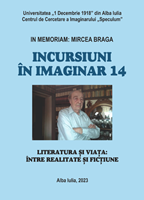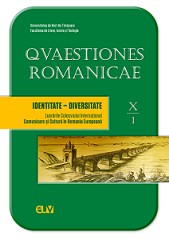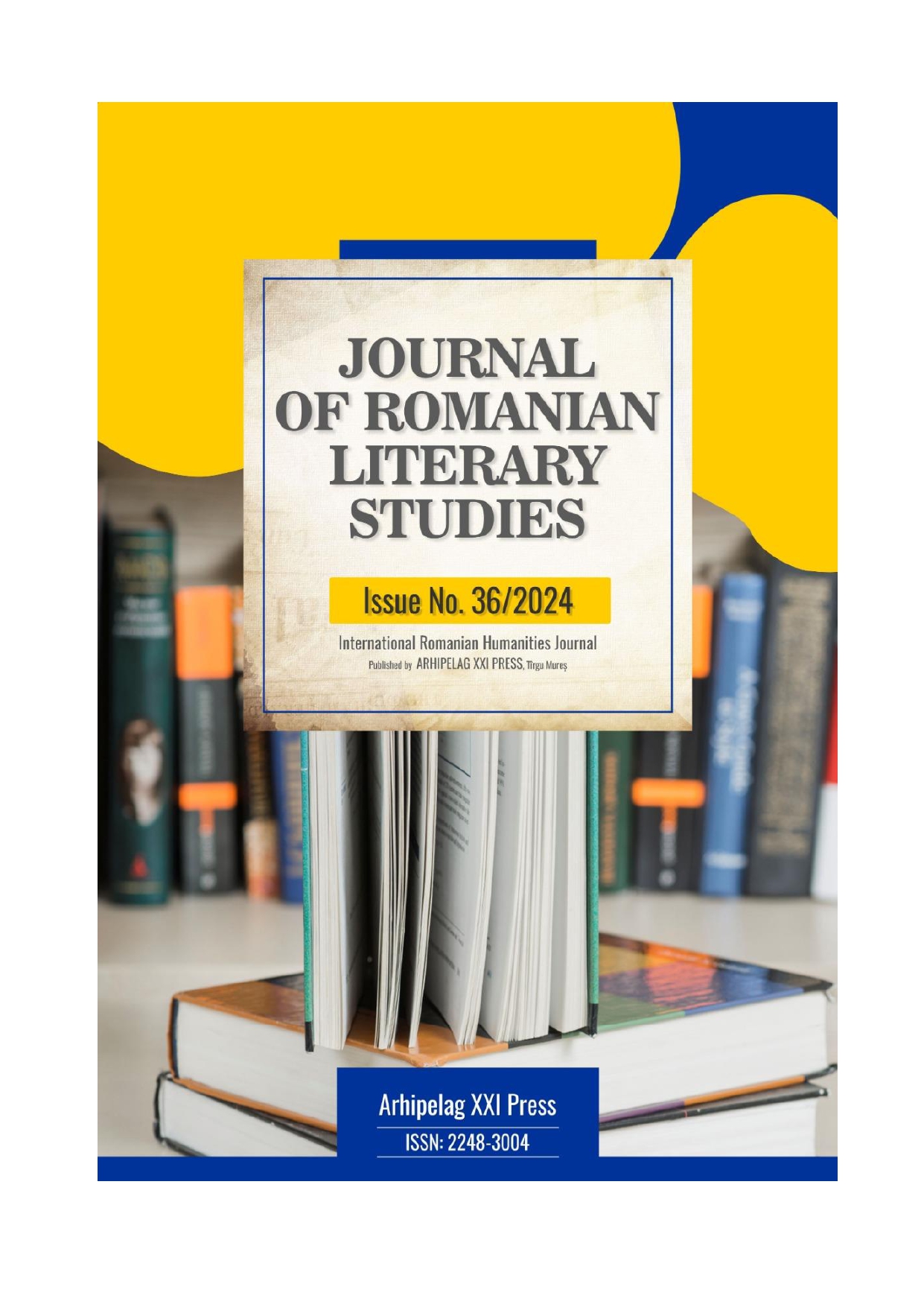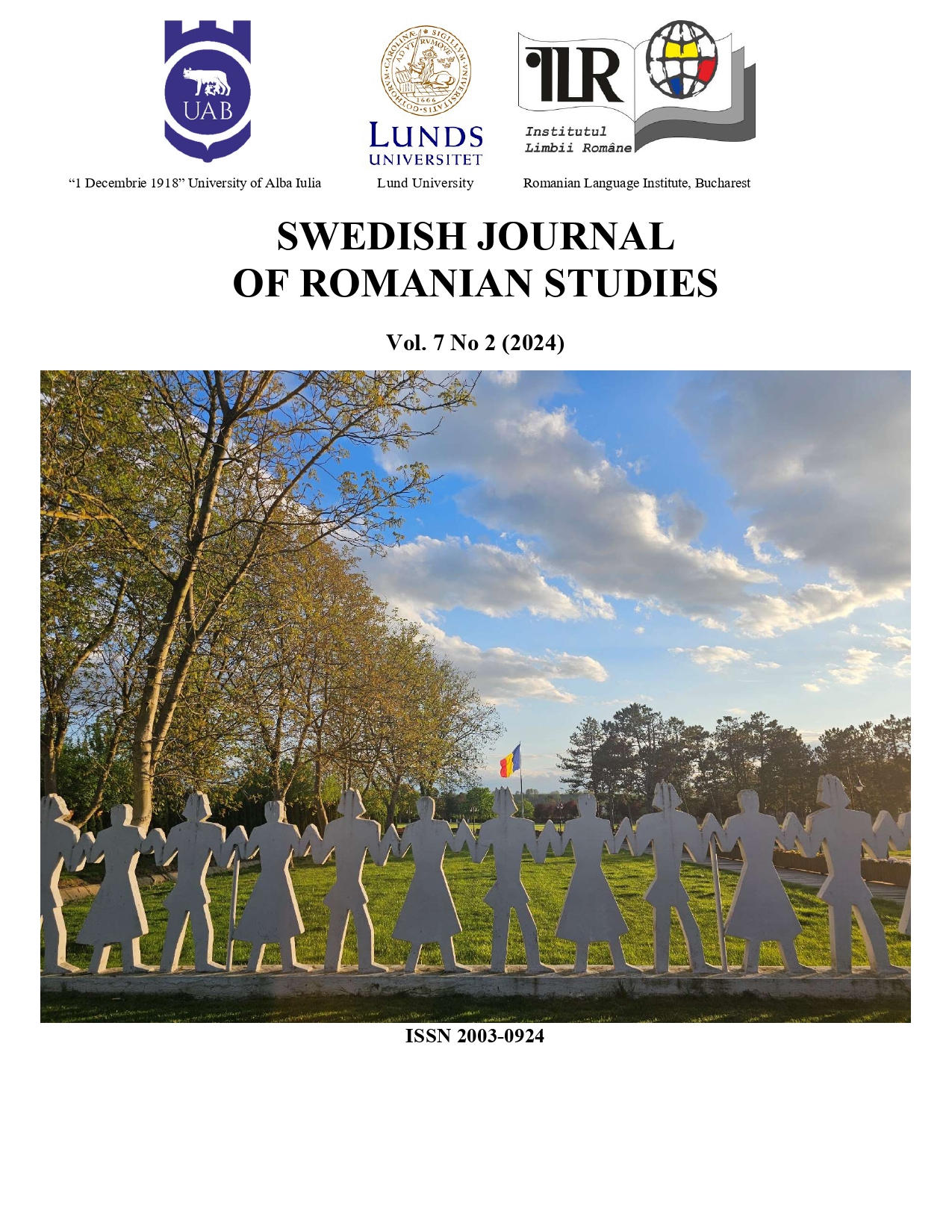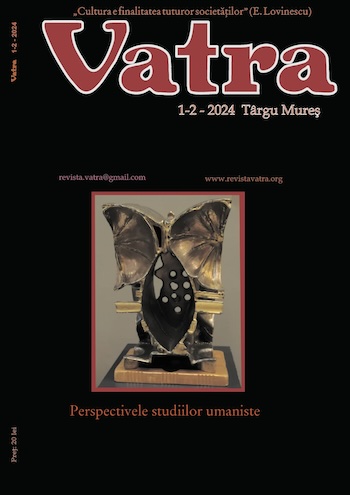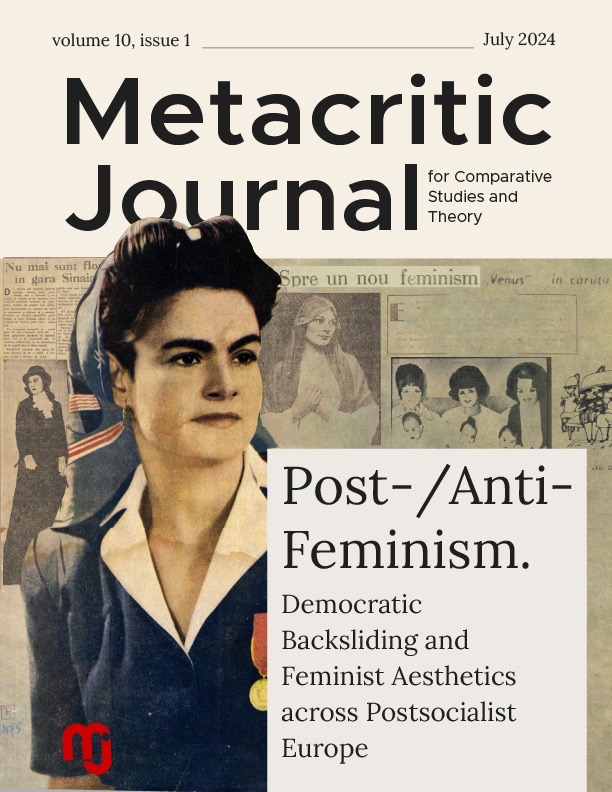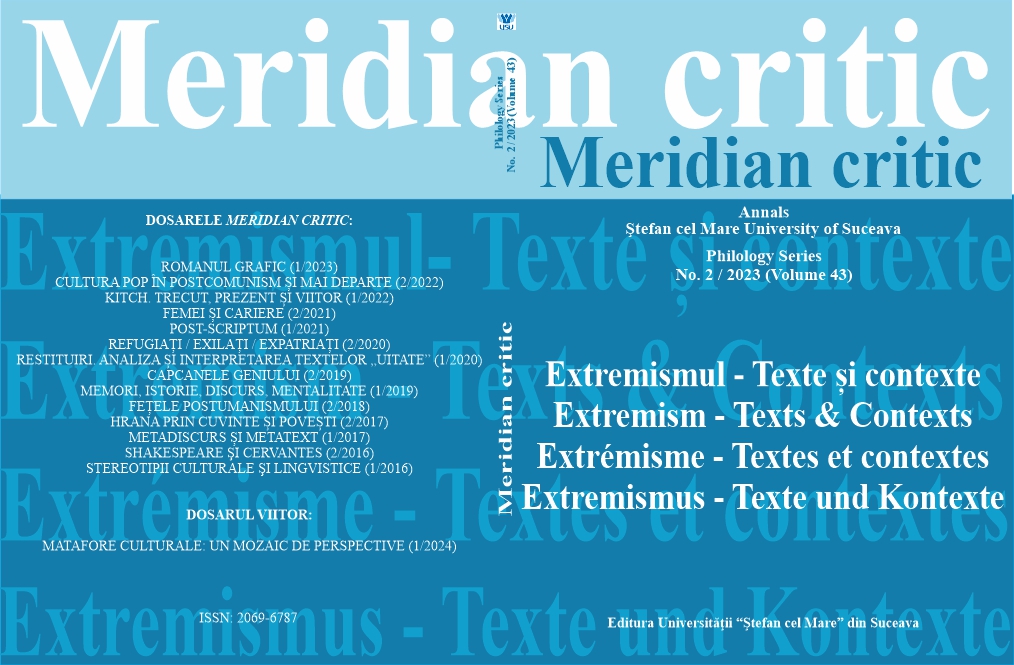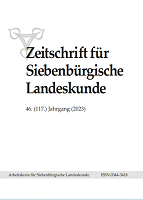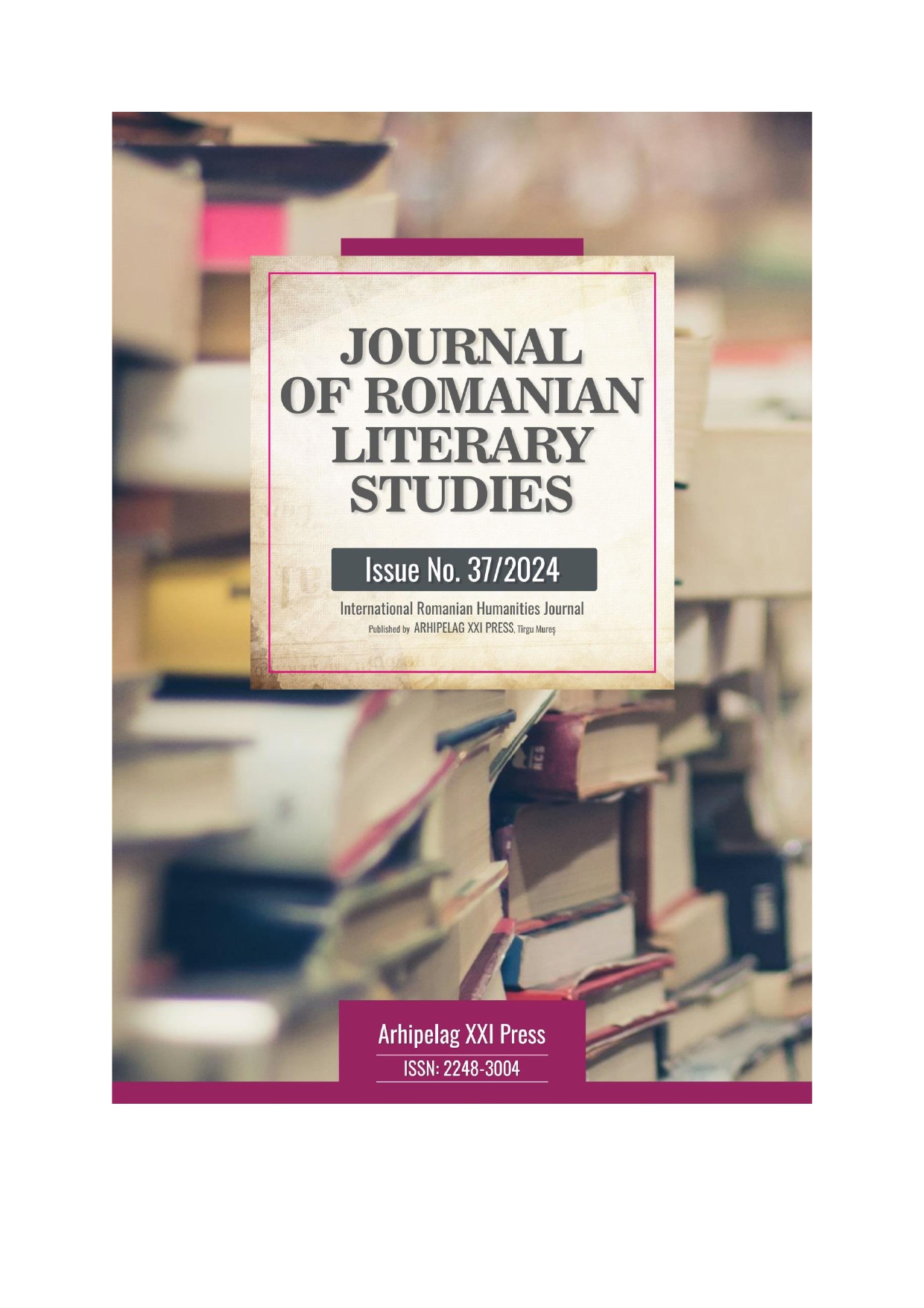Author(s): Denisa-Maria Bâlc / Language(s): Romanian
Issue: 2/2024
The present work is composed of two parts: a theoretical part, in which some critical and personal considerations on the incident constructions are exposed, and the second part represents a qualitative-quantitative approach to the moments and sketches of I.L. Caragiale. In the theoretical part, the aim is to present incident constructions, especially in relation to GALR, where a complex and up-to-date classification of them is made from a semantic-functional point of view, into: allocutive incident constructions, direct speech reporting constructions, metadiscursive incident constructions, incident constructions with the role of pragmatic connectors, incident constructions with expressive function, with conative function, and verbal automatisms. However, according to the three basic features of incidents, namely the representation of an additional syntactic structure, the lack of syntactic links to the underlying utterance, and the provision of information of the type comment, explanation or direct speech reporting, it can be seen that not all the categories listed above fall into the narrow class of incidents, which is why we hypothesised that those categories that do not exhibit all three defining features of incidents belong to paranthetic constructions, a superclass of incidents. After this theoretical presentation, I carried out a quantitative and qualitative analysis of the incident constructions with expressive function in Caragiale’s moments and sketches. The analysis was carried out manually and with the software Voyant Tool. From the category of incident expressive constructions, we first considered interjections and imprecations, as these are the most representatives for Caragiale’s work. As far as interjections are concerned, we made an inventory of them according to the number of occurrences, which showed that the most frequent interjections in Caragiale’s work are the interjections: a!, as!, ei! and uf!, followed by ah!, ei aș! o! aoleu! and ehei! Taking contexts and representative examples from Caragiale’s moments and sketches, we have analysed their semantic valences, highlighting the fact that interjections known positively in Caragiale’s work receive many more semantic nuances than those known negatively. Using concrete examples, the main semantic nuances identified were admiration, determination, disappointment, disapproval, dissimulation, exaltation, hesitation, anger, irritation, irony, melancholy, satisfaction, puzzlement, dissatisfaction, disbelief, fear, hope, surprise, suspicion, confusion, disappointment, indifference, irony, joy, boldness or even suffering. The semantic analysis of the interjections identified in Caragiale’s work was followed by a quantitative and qualitative analysis of the imprecations, which produced an impressive list of imprecations that suggest the linguistic inventiveness of the Romanian prose writer and support the orality of his style. Interestingly, most of the imprecations are found in the texts "Întârziere" and "Un pedagog de școală nouă", in the speech of a female character and a teacher, characters often associated with elevated language. Taken as a whole, all these incident expressive constructions, whether interjections or imprecations, are intended not only to emphasise the characters’ feelings, but are also evidence of their attitude and relationship to the world, to other characters and to society in general. Through the variety of semantic nuances they update and the multitude of forms identified in Caragiale’s texts, they acquire a central role in the articulation of the message and meanings.
More...
